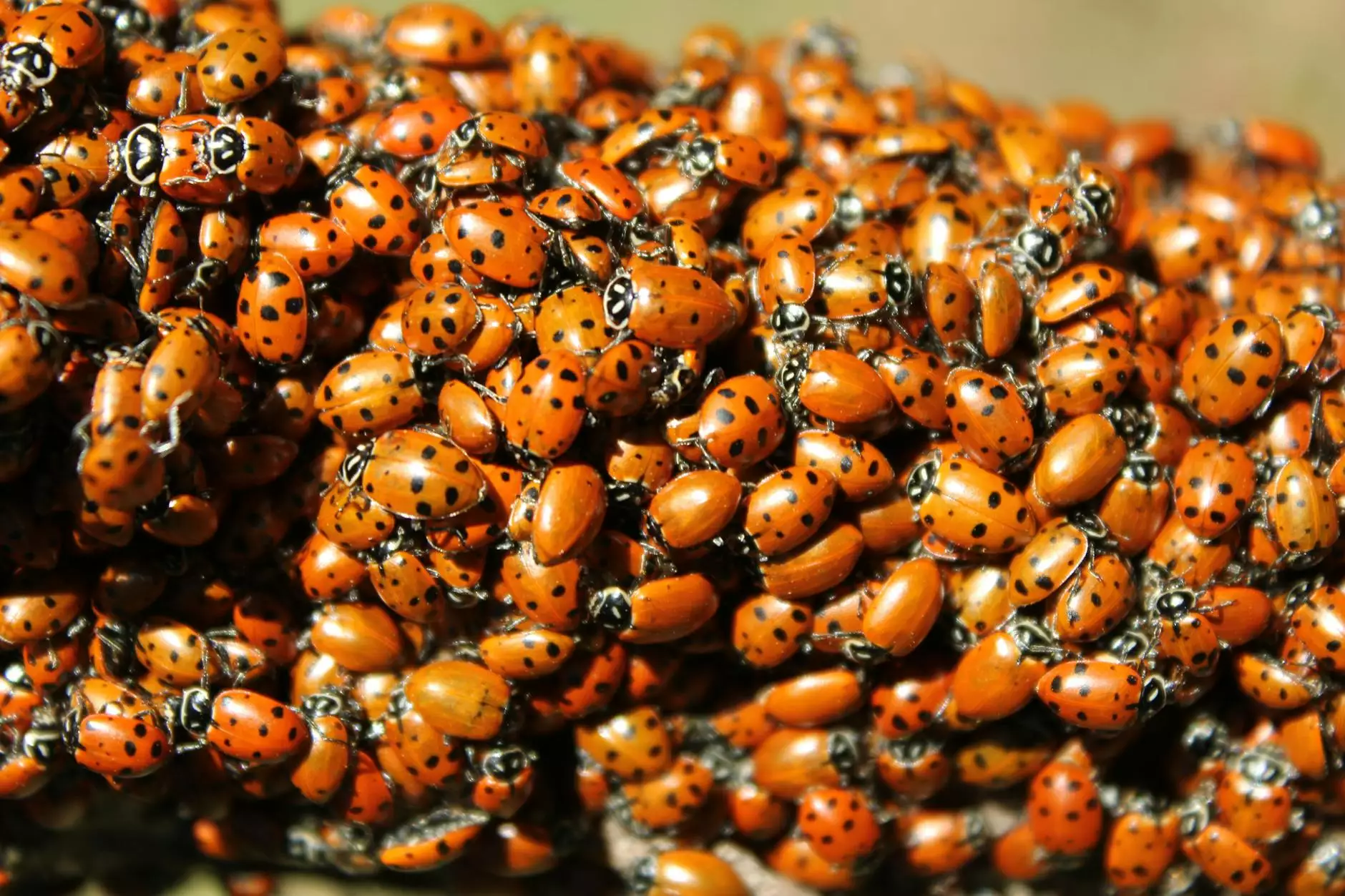The Ultimate Guide to Grain Storage Insect Control

In the world of agriculture, maintaining the quality of harvested grains is crucial for both farmers and consumers. One of the most significant challenges faced by grain producers is dealing with pests that invade stored grain. Grain storage insect control is an essential aspect of post-harvest management, ensuring that the grains remain safe from infestations that can compromise their integrity and value.
Understanding Grain Storage Insects
Before diving into effective control strategies, it’s vital to understand the types of insects that commonly infest grain storage facilities. These pests can cause significant damage, leading to substantial economic losses. Here are some of the most prevalent grain storage insects:
- Granary Weevil: A small beetle that can bore into whole grains, making them unfit for storage.
- Rice Weevil: Similar to the Granary Weevil, it infests both cereal grains and flour.
- Flour Beetles: These pests feed on flour products, grain, and other stored food items.
- Indian Meal Moth: Recognizable by its distinctive wings, this moth's larvae can cause severe damage to grain by feeding on it.
Importance of Grain Storage Insect Control
Implementing effective grain storage insect control measures is crucial for several reasons:
- Preservation of Quality: Consistent insect infestations can lead to the degradation of grain quality, affecting both taste and nutritional value.
- Economic Implications: Infested grain can result in financial losses through spoilage and reduced market value.
- Food Safety: Some insects can introduce pathogens that may contaminate the grain, posing health risks to consumers.
- Environmental Concerns: Effective control reduces the need for chemical treatments that can harm beneficial organisms.
Proactive Measures for Insect Control
Preventing grain storage insect infestations starts long before the crops are harvested. Here are some proactive strategies to consider:
Proper Cleaning of Storage Areas
Before storing new grains, it’s essential to clean storage areas thoroughly. This should include:
- Removing all old grain residues
- Vacuuming and sweeping surfaces
- Inspecting for signs of previous infestations
Temperature Control
Grains stored in environments with regulated temperatures are less likely to be infested. Consider using:
- Cooling systems to maintain low temperatures
- Heat treatments during the storage season
Moisture Management
Insects thrive in humid conditions; hence, keeping moisture levels low is crucial. Aim for:
- A moisture content of 13-14% for most grains
- Regular monitoring and testing of grain moisture
Regular Inspection
Conduct frequent inspections of stored grains to catch any signs of pest activity early. Look for:
- Presence of insects or larvae
- Unusual odors
- Visible damage to the grain
Reactive Measures for Insect Control
Even with preventive measures in place, infestations may still occur. Here’s how to tackle infestations reactively:
Use of Insecticides
Insecticides can be effective in controlling grain storage insects. It's essential to:
- Select the appropriate product for the specific insect.
- Follow application guidelines to ensure safety and effectiveness.
- Consider both chemical and organic options based on your farming practices.
Use of Traps
Implementing traps can help monitor and control insect populations. This includes:
- Pheromone traps to capture adult moths
- Sticky traps for monitoring general pest presence
Thermal Treatments
Thermal treatments are an effective method of insect control that uses heat to eliminate pests without residual chemicals. This method includes:
- Heating grain to a specific temperature for a set duration
- Using thermal blankets or systems in storage facilities
Integrating Technology in Insect Control
With advancements in technology, integrating modern solutions for grain storage insect control can significantly enhance efficiency:
Automated Monitoring Systems
Investing in automated monitoring systems allows for real-time data on temperature and moisture levels, alerting you to potential issues before they escalate.
Data Analytics
Utilizing data analytics can help predict pest outbreaks based on past infestation patterns and environmental conditions, allowing for targeted control measures.
Conclusion: Sustaining Quality Through Effective Grain Storage Insect Control
In summary, effective grain storage insect control combines proactive management techniques with reactive measures. By understanding the nature of grain storage insects, regularly checking storage conditions, and integrating technology into your strategies, you can safeguard your grains against pests, ensuring quality and profitability. The goal of any grain storage operation should be to minimize risks while maximizing the integrity of the product stored. Emphasizing these control measures will not only benefit your immediate operational efficiency but will also uphold the standard of quality that consumers expect and deserve.
For more information and professional assistance in grain storage insect control, consider reaching out to experts at tsgcinc.com to ensure that your grains are stored safely and effectively.









